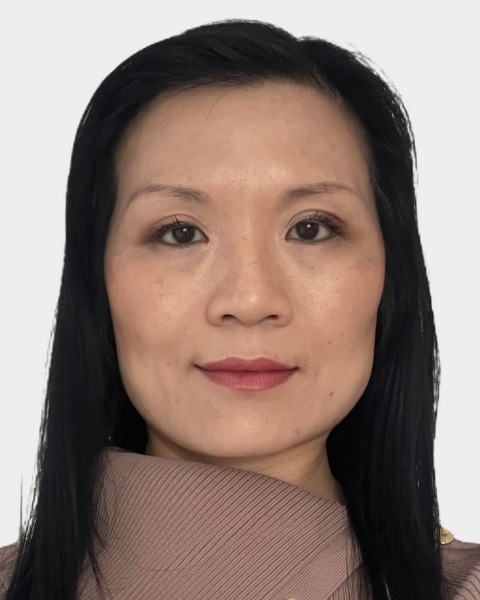Education
Impact of Live and Online Education on Physicians’ Knowledge, Competence and Confidence in Optimizing the Management of Diffuse Lower-Grade Glioma
Impact of Live and Online Education on Physicians’ Knowledge, Competence and Confidence in Optimizing the Management of Diffuse Lower-grade Glioma

Zhizhi Fiske, PhD
Director, Clinical Strategy
Director, Clinical Strategy
Presenting Author(s)
Introduction: Identifying IDH mutations marks a key milestone in neuro-oncology, advancing glioma classification and enabling new therapeutic options. This study aimed to assess the impact of an online continuing medical education (CME) activity on physicians' understanding of pre-, peri-, and post-operative strategies to improve quality of life (QoL) in patients with IDH-mutant diffuse lower-grade glioma (DLGG).
Methods: This CME activity featured a 60-minute video of a live symposium from the 2024 American Association of Neurological Surgeons Annual Conference. Educational effect was assessed using a repeated-pair design with pre-/post-assessment. Three multiple-choice questions assessed knowledge/competence, and one Likert-type question assessed confidence, with each participant serving as their own control. McNemar’s test measured significance of improvement in correct responses, with p-values < .05 considered statistically significant. The activity launched on May 24, 2024, and data collected through August 13, 2024, are included in this study.
Results: 58 neurosurgeons and 54 oncologists who answered all the assessment questions were included in this analysis. Both groups demonstrated a statistically significant improvement in knowledge and competence. Overall correct responses increased from 23% pre- to 41% post-CME for neurosurgeons, and 34% pre- to 45% post-CME for oncologists, respectively (P < .001 for both). Specific areas of improvement include: knowledge regarding treatment strategies for DLGG (pre 41%, post 66%, P < .001 for neurosurgeons); knowledge regarding the characteristics of patients with DLGG (pre 6%, post 20%, P < .01 for oncologists). Additionally, 31% of neurosurgeons and 26% of oncologists reported increased confidence in optimizing strategies to improve clinical and QoL outcomes, and that increase was, on average, 110% and 96% among the two groups, respectively.
Conclusion : This analysis shows the positive educational impact of a CME activity on the latest developments in DLGG management and underscores the ongoing need for further education to keep clinicians up to date.
Methods: This CME activity featured a 60-minute video of a live symposium from the 2024 American Association of Neurological Surgeons Annual Conference. Educational effect was assessed using a repeated-pair design with pre-/post-assessment. Three multiple-choice questions assessed knowledge/competence, and one Likert-type question assessed confidence, with each participant serving as their own control. McNemar’s test measured significance of improvement in correct responses, with p-values < .05 considered statistically significant. The activity launched on May 24, 2024, and data collected through August 13, 2024, are included in this study.
Results: 58 neurosurgeons and 54 oncologists who answered all the assessment questions were included in this analysis. Both groups demonstrated a statistically significant improvement in knowledge and competence. Overall correct responses increased from 23% pre- to 41% post-CME for neurosurgeons, and 34% pre- to 45% post-CME for oncologists, respectively (P < .001 for both). Specific areas of improvement include: knowledge regarding treatment strategies for DLGG (pre 41%, post 66%, P < .001 for neurosurgeons); knowledge regarding the characteristics of patients with DLGG (pre 6%, post 20%, P < .01 for oncologists). Additionally, 31% of neurosurgeons and 26% of oncologists reported increased confidence in optimizing strategies to improve clinical and QoL outcomes, and that increase was, on average, 110% and 96% among the two groups, respectively.
Conclusion : This analysis shows the positive educational impact of a CME activity on the latest developments in DLGG management and underscores the ongoing need for further education to keep clinicians up to date.

.jpg)